It’s October in the Capital City and there’s a scarlet flair coloring sycamores and Japanese maples, ushering in a witching season for harvest moons and distant memories.
For some, it’s a time to dwell on tragedies of the past—to wonder if there’s a residue of them in a fall sunset, or those strange silhouettes that go rushing through veiled woods at night. We pause at this bleeding, autumn spell when it brightens old boats like the Delta King. We stop and watch shadows when they’re crawling on the bones of our Gold Rush-era buildings. And we question those shapes in the gloaming when we’re moving through headstone-studded gardens that go back to California’s dustier times.
Whether these pieces of history are forlorn monuments or portals to something beyond, what’s entombed in them are remembrances of the lives that came before us. And a trip through the region’s newspaper archives, also known as “the morgue,” shows just how violently, and at times, senselessly, those lives ended.
The Delta’s ‘carnival of blood’
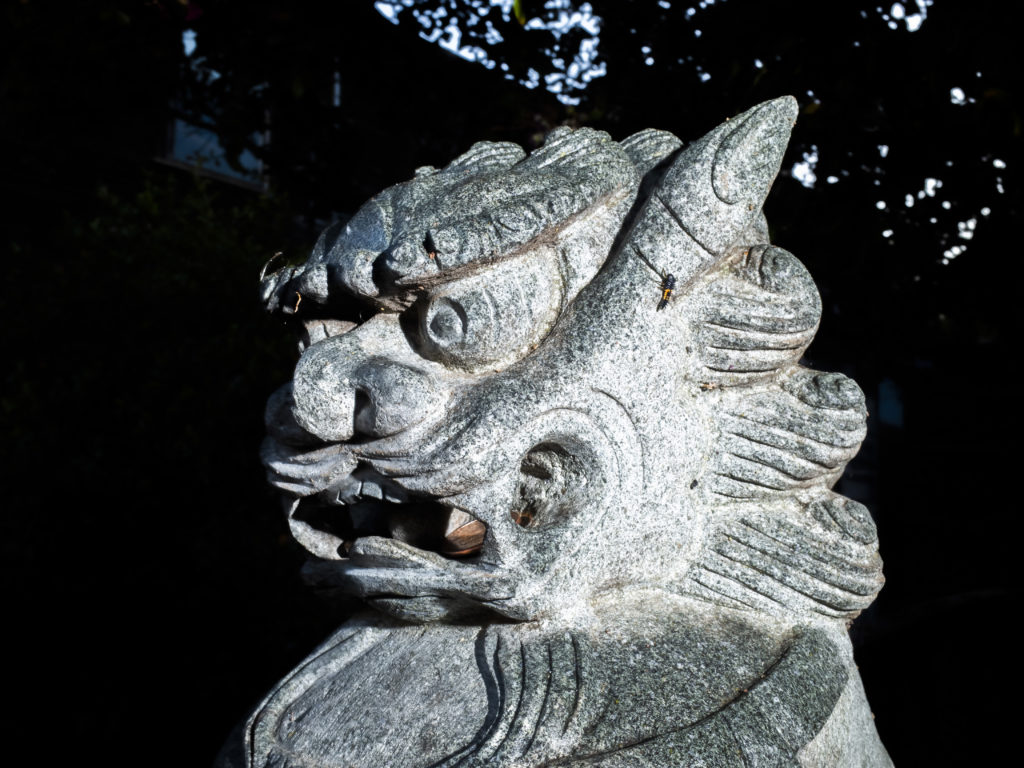
A faint, pumpkin-shaded light draws on the Sacramento River, a fast-setting dusk that darkens oaks along the levees and glimmers like a knife blade on waves turning between Locke and Walnut Grove.
In recent years, paranormal investigators have been drawn to Locke, convinced that the blood once spilled around the rickety survivors of its gambling halls mean it’s haunted.
Just down the embankment, at the Lockeport Grill and Fountain, history researcher J’aime Rubio is holding a book signing for her latest, “More Stories of the Forgotten.” It’s another step in her journey of documenting California lives that were lost to time, a journey that for her always starts by reading headstones in the region’s oldest graveyards. Rubio is holding her book launch in this century-old hamlet because one of the tales she wrote about involves Fred Chisholm, a card cheat who played his cards really wrong in one of Locke’s gambling halls in 1920 and was then dealt the Dead Man’s Hand out on Old River Road.
Chisholm is buried in the Masonic Cemetery in Sacramento.
Rubio knows, though it’s not in her book, that a more disturbing curtain of violence fell on the shrugging dens and derelict halls of this former Cantonese haven. It was a series of murders that started in the San Francisco area, spread to the docks and lanes of Walnut Grove and then continued to plague Locke’s opium dens until the start of the Jazz Age. It was a game of cat-and-mouse carnage that the newspapermen of the time called the Highbinder War.
At the peak of the California Gold Rush, Chinese immigrants arrived in San Francisco to try their hand at the dream of El Dorado. They made contributions, both as miners and small business owners. Some also began to farm along the waterways of the Delta. These sojourners formed an especially thriving community in a section of Walnut Grove. But it wasn’t easy for them. The Chinese were targets of racially motivated attacks and segregationist laws designed to make them as a permanent underclass in California. Needing strength in numbers, they formed distinct groups around social halls called tongs. The tongs may have been a necessary form of self-protection, but some in San Francisco eventually started muscling in on illegal activities. This led city fathers to refer to them as “the secret brotherhoods of Chinatown.”
But the unbearable tension brewing between these rival tongs didn’t stay secret for long.
On Thanksgiving Day 1901, a brawl of guns and blades broke out in dim alleys across San Francisco between the Ping Kong Tong and the Hip Ying Tong. The foot soldiers charging from each side were known as hatchet men, though local police called them “highbinders” for the protective way they bound their hair.
This hellish holiday’s aftermath was felt in the quiet farms and turning channels of the Delta. Just before noon on Dec. 6, a man named Ah Mew, who was connected to the Hip Ying, was strolling through Walnut Grove when he was ambushed and shot to death. The triggermen were members of the Ping Kong Tong. The San Francisco Call newspaper soon lamented that Chinatown’s “carnival of blood” had spilled into California’s serene river world.
Over the years, the Call’s reporters took an intense interest in the tong feuds, though their spectator style of writing implied the chaos was something akin to gladiatorial murder sport. Their coverage of the Walnut Grove slaying was no exception.
“The Ping Kong Tong is helplessly weak in this city: with members of the Four Families and the Hip Ying Tong to combat, they are handicapped by heavy odds,” said one story in the Call. “When the report of the murder reached the headquarters of the Hip Yings last night, they immediately dispatched word to many places on the coast, ordering its highbinders to slay Ping Kong Tong men, and raising the prices that have been placed on their heads in this city.”
By March 1902, the battling tongs agreed to a truce. Then things in Walnut Grove exploded again, this time between the Ping Kong and another group. According to the Call, members of the Ping Tong raided a gambling hall in the Chinese section of the Delta town, an establishment run by the rival Suey Dong Tong.
On Nov. 19, 1902, Ow Sing Dock—described as “a notorious gunfighter”—led a group of highbinders out of San Francisco’s Chinatown toward Walnut Grove intent on settling the score. Sometime during the night, they killed an alleged member of the Ping Kong group near the town’s old levees. The Call insisted that Dock and his highbinders were determined to “wipe out the insult offered to their society” by the raid on the Suey Dong’s gaming house. Given the heroic light the Call’s reporters were constantly putting on detectives from the San Francisco police “Chinatown Squad,” it’s very likely these narrative details were coming directly from the lawmen.
In the early morning hours of Nov. 24, a man named Chuck Shut was watching a poker game in the back of his fruit store on Walnut Grove’s Ross Alley when shots suddenly echoed through the darkness. Shut stumbled forward then whirled around, looking for his attackers. Witnesses watched him drop to the floor. Walnut Grove’s night watchman came running, and Shut managed to tell him that the triggerman was a member of the Ping Kong Tong. By the time Sacramento sheriff’s deputies arrived, Shut was dead. They quickly ascertained their victim was connected to the Suey Dong Tong.
“Police expect that other members of the rival tongs will bite the dust before the war is declared off,” the Call announced in typical fashion.
A few days later, detectives managed to arrest the Suey Dong’s most feared highbinder, Ow Sing Dock, at a laundry near the Mid-Market section of San Francisco. He was charged with one of the Walnut Grove murders, which seems to have bought the town a reprieve.
But a bigger threat was coming.
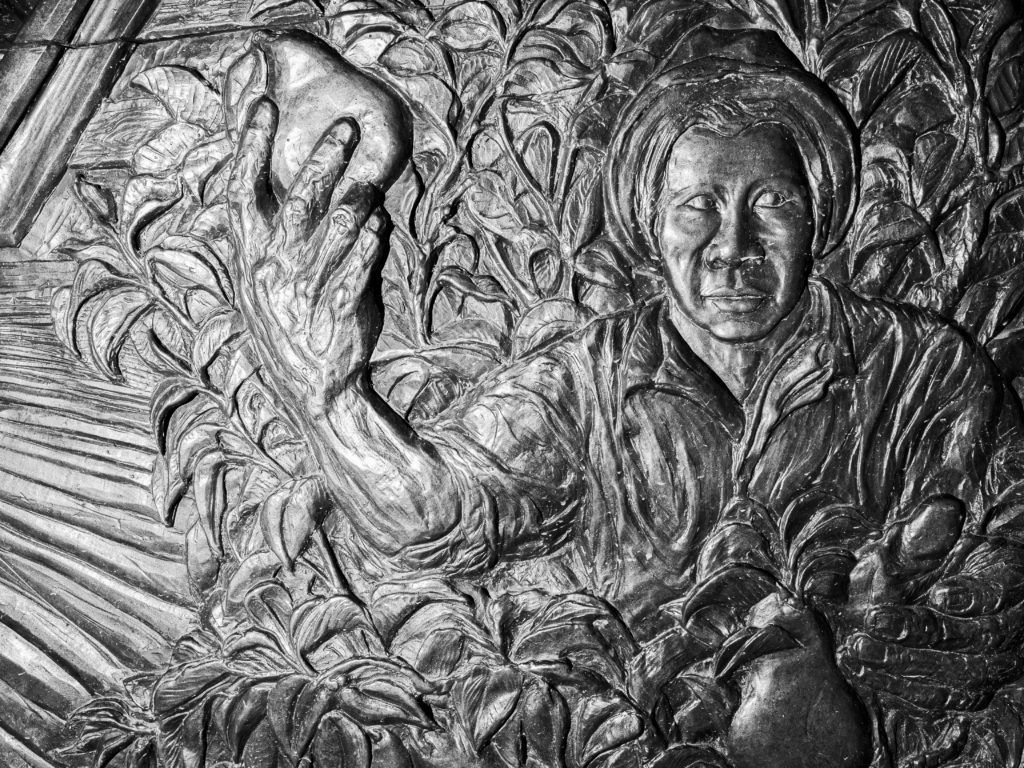
On Oct. 9, 1915, an errant cigarette started a fire in Walnut Grove’s Chinese neighborhood, which quickly erupted into an inferno. Displaced, many of the Chinese families in the North Delta began moving to a main street that was being constructed less than a mile north, along a bend in the river. The town soon became known as Locke. It was later designated a National Historic Landmark District for its significance to the Chinese-American experience.
Just like neighboring Walnut Grove, Locke was pulled into flare-ups in the Highbinder War. In March 1916, a dispute involving opium dens in San Francisco’s Chinatown triggered the murder of a tong-connected ranch hand not far from Locke. Exactly one year later, another murder happened on a farm near the town.
“The long-expected tong war broke out in this county last evening,” the Sacramento Union declared, adding that sheriff’s deputies had come down river to “put a quietus on any further target work.”
The Highbinder War continued in Chinatown into the 1920s, though the toll it took on the Delta was mostly forgotten.
Now, as Rubio looks out the window of the Lockeport Grill, she watches the October dusk shade those grey, leaning buildings on Main Street. She said she believes that the tong clashes between here and Walnut Grove give the area’s history enough intrigue without looking for literal ghosts.
“For me, uncovering the true stories are what really shows what’s special about places like this,” she says.
A night among the stones
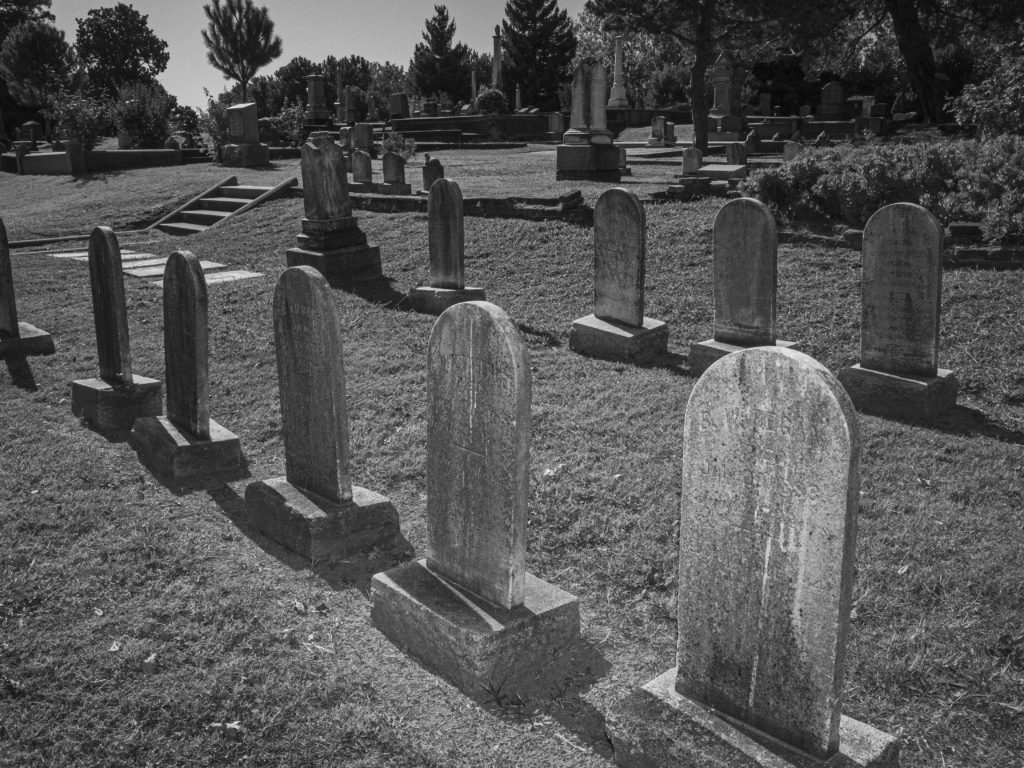
A wind goes whirling and murmuring through a snowfall of golden leaves, stirring a low rattle through restless maple branches, blowing the loose autumn foliage into a riot of yellow and red, until it all settles on dark-weathered graves spread across Sacramento’s Old City Cemetery. Cypresses tremble near a sighing stone angel. White rose petals begin drifting by the sculpture of a woman grasping a cross. Dry debris starts to skip through a tunnel of trees, and then passes the pink granite crypt of a railroad titan. There’s a late afternoon light setting on this labyrinth of the dead, which also happens to be one the most peaceful corners of the entire city.
Within the paranormal community, this cemetery is widely considered the most haunted place in Sacramento. But that was far from what its designers had in mind.
Beginning in the 1830s, a movement took hold that involved laying loved ones to rest in places that were far more than burial sites or crowded church yards. The concept of cities having their own beautiful, meditative “memorial parks” was born. Statues, mausoleums and obelisks became their stone and marble spectrum of art. Names, dates and inscriptions offered reminders of the past within their garden-like atmospheres. Over time, some American cemeteries became so entrancing they earned international fame: The Laurel Hill Cemetery in Philadelphia, the Bonaventure Cemetery in Savannah, the Saint Luis and Lafayette cemeteries in New Orleans.
Sacramento’s 170-year-old cemetery is in that same tradition.
Mattie Parfitt, one of the volunteer guides who shares the treasure trove of stories attached to the grounds, has developed a tour called, “A Dozen Ways to Die.” It involves Parfitt taking visitors from headstone to headstone until she comes to one bearing the name, Jacob Kline. His unsavory ending invokes little sympathy from tour groups.
In February 1886, Kline was walking near J Street when he bumped into his former fiancée, Josephine “Feaney” Wiezel. She had broken their relationship off months before. Kline asked Wiezel to go for a walk with him. According to court testimony, the two were approaching 15th Street when Kline suddenly grabbed Wiezel and pulled her onto a school yard at the site of today’s Memorial Auditorium. There he attacked Wiezel, who was seen leaving the area, bloody and battered. Wiezel soon realized the brutal encounter left her pregnant. As if she hadn’t endured enough, Kline adamantly refused to admit he was the father of the child or take any responsibility for it.
That turned out to be his final act of cruelty.
Then as now, the Sacramento Plaza—today’s Cesar Chavez Plaza—was a lively venue for public concerts. Kline was a coronet player who sometimes sat in with its bands. On June 27, 1886, he was giving a performance as a pregnant Weizel watched from the crowd. She waited patiently for her tormentor to leave the bandstand and then started moving toward him.
“She shot him in the back of the head,” Parfitt recalls. “It’s something that I think about whenever I’m walking through Cesar Chavez, because she was charged with murder—and it really ended up being a ‘trial of the century’ for Sacramento.”
A jury ultimately acquitted Weizel. However, it wasn’t necessarily for the reasons she might be exonerated today, such as being a traumatized crime victim. No, it seems that a less enlightened view of the day allowed for her freedom.
“There was just a belief back then that pregnant women were insane,” Parfitt said.
In doing her research, Parfitt unearthed a terrible coda to Wiezel’s story. Even though she married a local man who adopted Kline’s son, Charles Huber, the stigma of the boy’s parentage and the notorious circumstances of his conception clawed at him for years. In March 1917, Huber murdered his ex-wife as she was pushing her baby in a stroller on the grounds of Cal Expo.
“I think it’s one of the most interesting stories that I tell, because it ends up showing the connection between two generations of murders,” Parfitt said.
The Old City Cemetery was also a major source of inspiration for Rubio’s first book, Stories of the Forgotten. Like Parfitt, Rubio uses source material such as birth certificates, death certificates, obituaries, census data, court records and newspaper archives to study the cemetery’s residents. One of the ornate headstones that’s intrigued her belongs to Alice Curtis, the beautiful daughter of a turn-of-the-century Sacramento County supervisor named William R. Curtis, the man behind Curtis Park.
On Aug. 19, 1902, the captivating 25-year-old was discovered inside her home with a gunshot wound to the chest. Alice Curtis clung to life for three days before passing. During her last moments, she insisted that she’d intentionally shot herself, aiming for her own heart. Yet many people didn’t believe her.
Rubio eventually discovered two different newspaper articles suggesting that in the weeks leading to her death, Alice was being courted by an unnamed man. Both newspapers said that her powerful father had forbidden a marriage; one story even implied it was because the suitor was one of Curtis’s political opponents. Just before being shot, Alice appeared to be in good spirits. Then, she was mortally wounded and on her way to the cemetery. To some, it’s never made sense.
“It’s a mystery we’ll never know the answer to, though I don’t think we can rule out that Alice stepped into the path of a bullet meant for someone else—or that maybe she was trying to protect someone,” Rubio said. “Whatever the truth is, she took it to her grave.”
In the shadow of Folsom Prison’s gallows
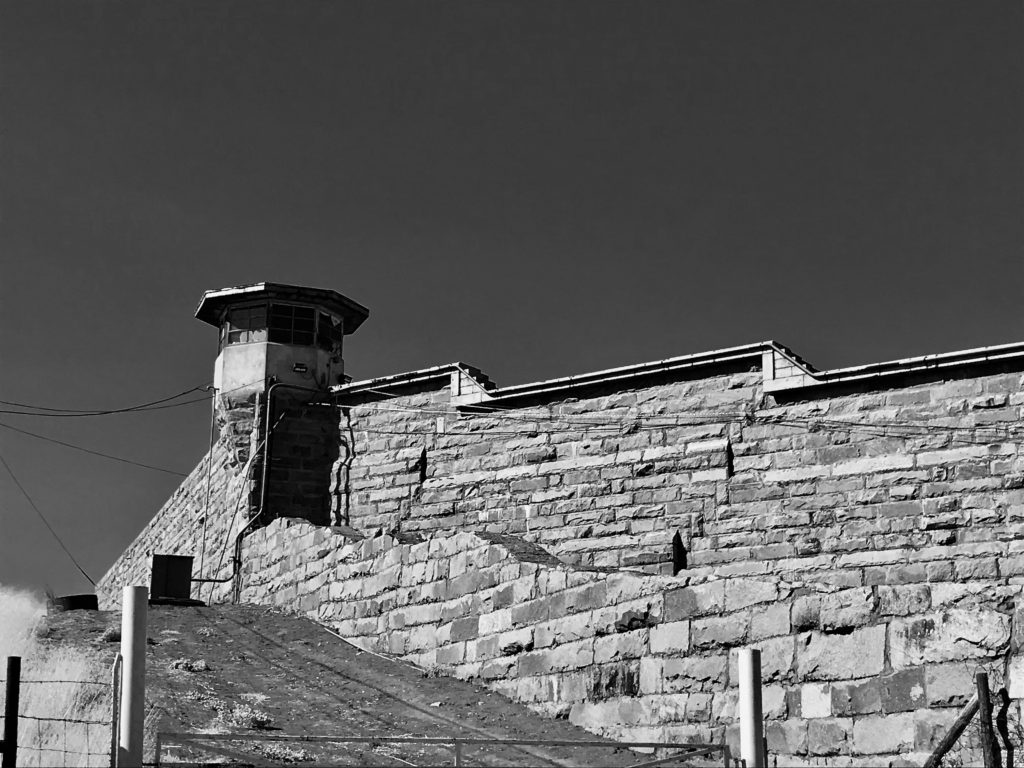
Inside a house near the arched gates of Old Folsom Prison, visitors stroll around, glancing at a collection of stabbing weapons, the silvered portrait of the penitentiary’s graveyard and a makeshift pistol that gangster Richard “Mickey Mouse” Miles fashioned inside his cell. This is the Big House Prison Museum, and as retired correctional officer Jim Brown chats with patrons about learning to ignore the ever-playing Johnny Cash music, some coming through the doors notice another morbid sight: It’s a large rope snaking down from a thickly wound noose.
For 42 years, that rope and others sent convicts into the waiting soil of the weedy cemetery by the ramparts. Ninety-three souls were strung into eternity from gallows erected behind these high rock walls. Over the years, Brown has been asked about rumors of ghosts in the prison—apparitions on catwalks, strange sounds in corridors.
But most of the time, Brown talks about more documented embodiments of darkness—people such as Frank Creeks, an inmate whose deadly escape attempt in 1914 earned him a meeting with the noose—and a reckoning from local reporters in his final moments.
A convicted murderer, Creeks was transferred from San Quentin to Folsom in 1904. He had already made one escape attempt by jumping off a moving train. But during his time at Folsom, Creeks was considered a model prisoner. The prison guards may not have realized what he was capable of doing.
Just a week and a half before Halloween 1914, Creeks and another inmate, Harold Flash, snuck up to an inner door that opened onto the main corridor of the prison yard. According to the Sacramento Union, around 8:30 p.m., correction officers J.B. Drury and Joe Kerr were walking through the area when the would-be escapees attacked them. Drury was stabbed multiple times with a shiv. Kerr was bludgeoned with a dumbbell. Creeks got hold of Drury’s gun, but Kerr got hold of his senses. Kerr shot the other inmate, Flash, through the back of the skull. Yet Creeks was able to make it past the gates. A guard in a tower shot him in his leg, but Creeks vanished into the darkness. Drury lay dead. Creeks was armed and hiding somewhere along the American River.
The warden quickly called for a team of bloodhounds from Stockton. Within 24 hours, Creeks was captured at gunpoint.
The Sacramento Union’s reporters suggested that Creeks later showed a cavalier attitude during his trial for Drury’s slaying. Once Creeks was sentenced to hang, those writers gave him similar treatment in print.
“Two days before death, Creek loses bravado,” the paper declared in a headline on Aug. 25, 1915. Within 48 hours, one of the Union’s reporters had a front-row seat for Creeks’ appointment with the gallows. He spared no details in his story.
“As the hangman’s noose was adjusted and the black cap was being placed over his head, Frank Creeks … fainted on the scaffold,” the journalist recorded. “Presence of mind on the part of Warden Smith prevented a gruesome sight, as he ordered the trap sprung with the wave of a hand.”
Creeks was not the last Folsom prisoner who tried to escape, and failed. In September 1937, seven inmates trying to escape stabbed Warden Clarence Larkin to death, while also killing correctional officer Harry Martin. Two of those escapees were killed by guards.
As Brown talks to visitors inside the museum, he notes that 1937 was also the pivotal year that Folsom halted executions on its grounds.
“They actually changed the law from execution by hanging to execution by gas chamber,” Brown explains. “The prison had to have a special air-tight room for that, so all executions basically happened at San Quentin after that.”
“The five inmates who survived the escape attempt—the one where Warden Larkin was killed, here—ended up being the first five inmates that were executed in the gas chamber over there.”
Scott Thomas Anderson is also the host of the ‘Drinkers with Writing Problems’ podcast, Episode 6 of which, “Boomtowns of the American West,” covers writers who lived and worked around Sacramento during the time of these crimes. This feature was originally published in SN&R in October of 2019.

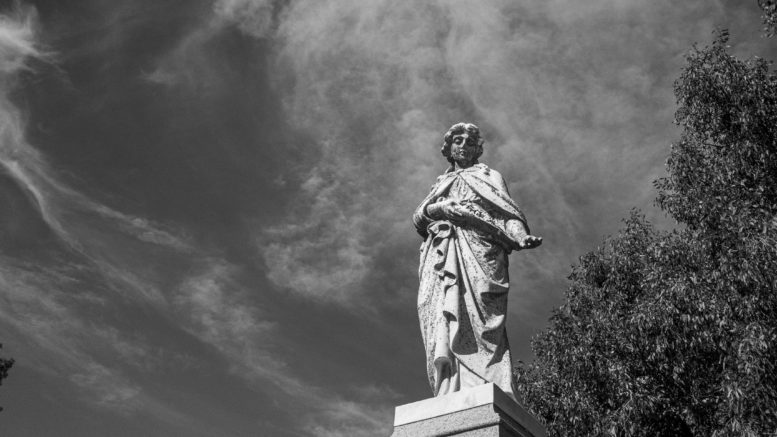

Be the first to comment on "Sacramento’s haunted history is more than a ghost story"